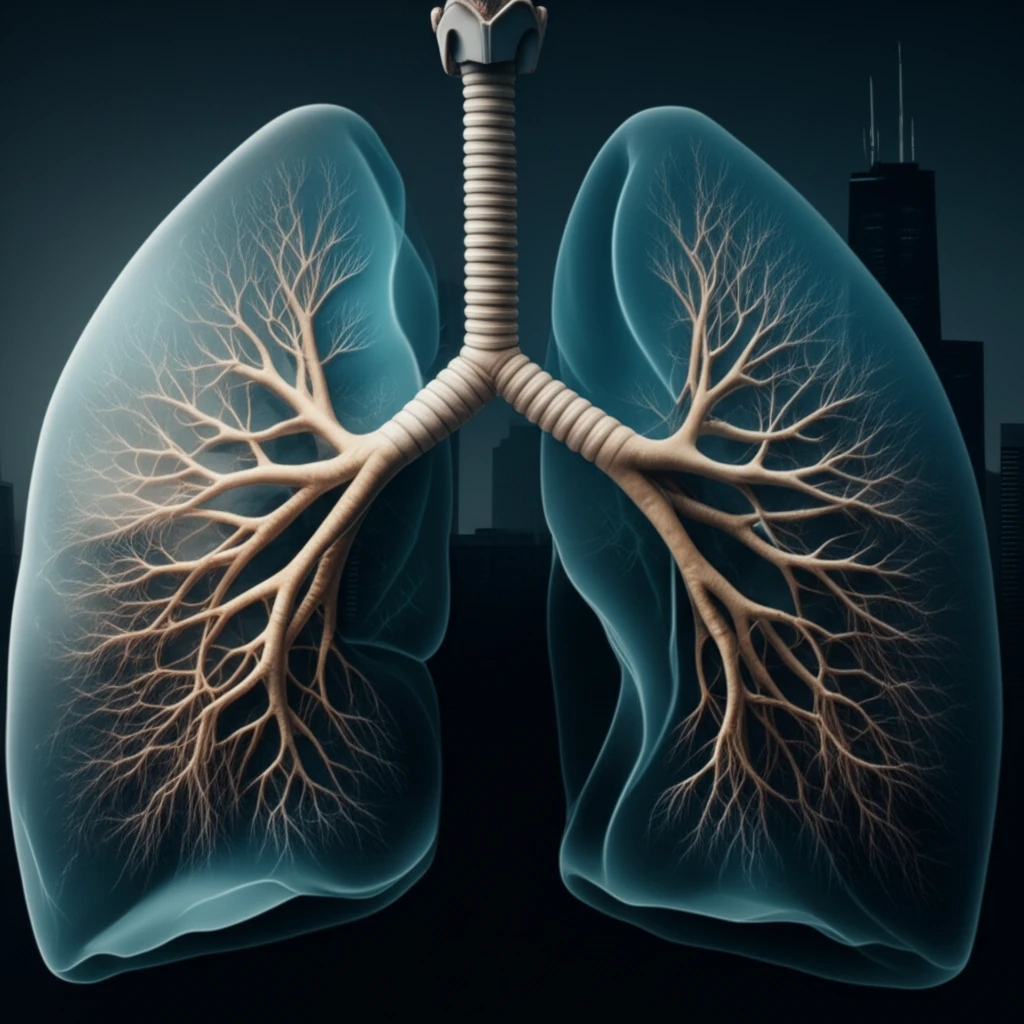
Blastomycosis: When a TB Diagnosis Misses a Deadly Fungal Infection
"A Chicago man's journey from misdiagnosis to recovery highlights the challenges and importance of accurate fungal infection detection."
Imagine battling a persistent cough, fever, and unexplained weight loss, only to be told you have tuberculosis (TB). You begin treatment, but your condition doesn't improve. This was the reality for a 36-year-old man from Chicago, whose initial diagnosis of TB masked a far more insidious threat: disseminated blastomycosis.
Blastomycosis is a fungal infection caused by Blastomyces species. While endemic to regions like the Mississippi, Ohio, and St. Lawrence River valleys, and the Great Lakes area, it can occur worldwide. The fungus typically enters the body through the lungs, but it can spread to other organs, including the bones, skin, and central nervous system. This ability to mimic other diseases makes blastomycosis a diagnostic challenge.
The case of the Chicago man underscores the critical importance of considering blastomycosis in patients presenting with respiratory symptoms, especially in endemic regions. His journey from misdiagnosis to eventual recovery offers valuable insights into the challenges and potential pitfalls of diagnosing this elusive fungal infection.
The Case: A Diagnostic Odyssey

The 36-year-old Hispanic patient initially presented with right arm weakness and tingling, along with a persistent cough, blood-streaked sputum, fever, and recent weight loss. Two months prior, he had been diagnosed with pulmonary TB at an outside hospital after experiencing hemoptysis and night sweats. Despite denying any TB exposure, travel, or contact with sick individuals, he was started on standard TB treatment.
- Initial Misdiagnosis: The patient's symptoms initially led to a diagnosis of pulmonary tuberculosis (TB).
- Persistent Symptoms: Despite TB treatment, symptoms like cough, fever, and weight loss persisted.
- Brain Lesions: MRI revealed lesions in the brain, complicating the diagnostic picture.
- Negative Sputum Cultures: Initial tests failed to identify any bacteria, fungi, or mycobacteria.
The Takeaway: Think Fungal!
This case underscores the importance of considering blastomycosis in the differential diagnosis of patients presenting with respiratory and neurological symptoms, especially in endemic areas. Early diagnosis and appropriate treatment can prevent disease progression and improve patient outcomes. When symptoms persist despite initial treatment, it's crucial to consider less common infections like blastomycosis and pursue further diagnostic testing.
